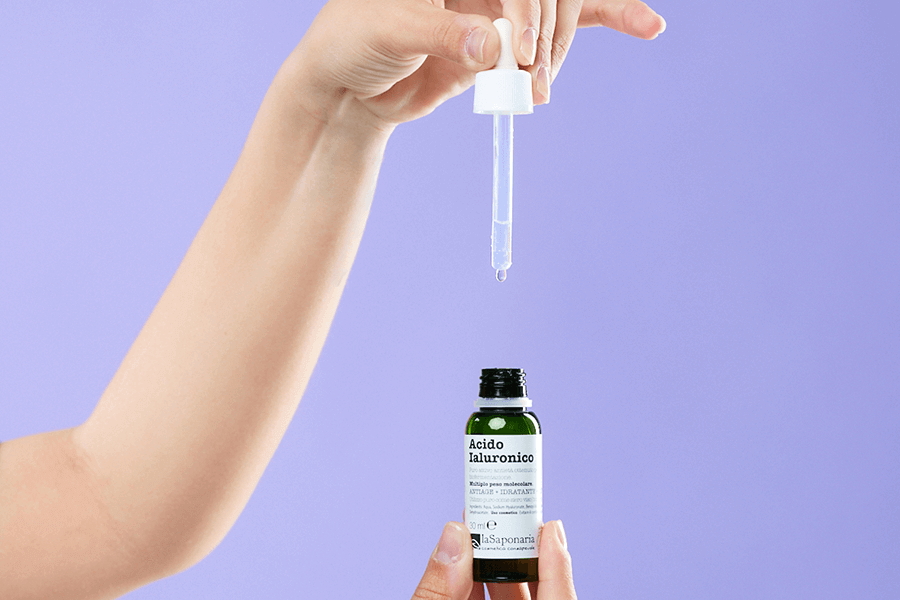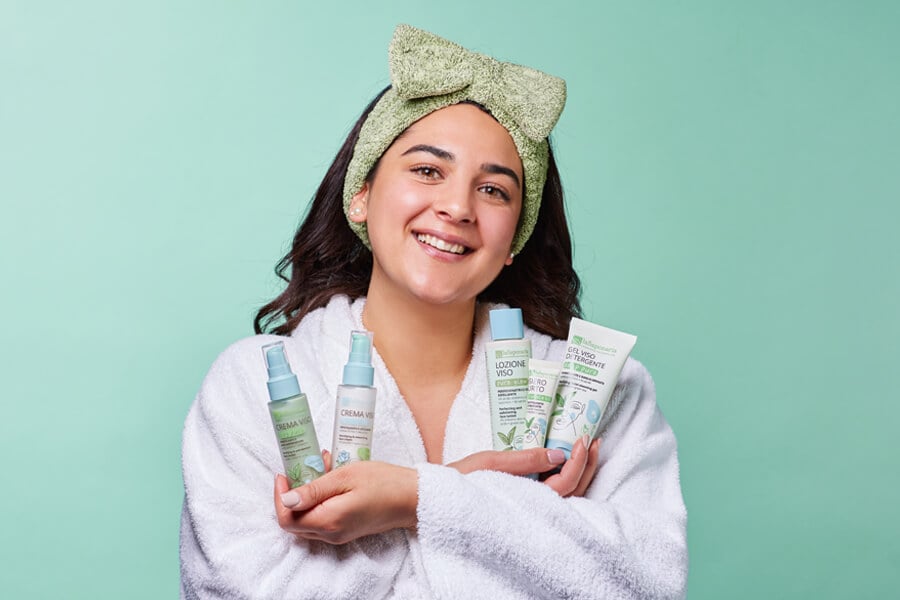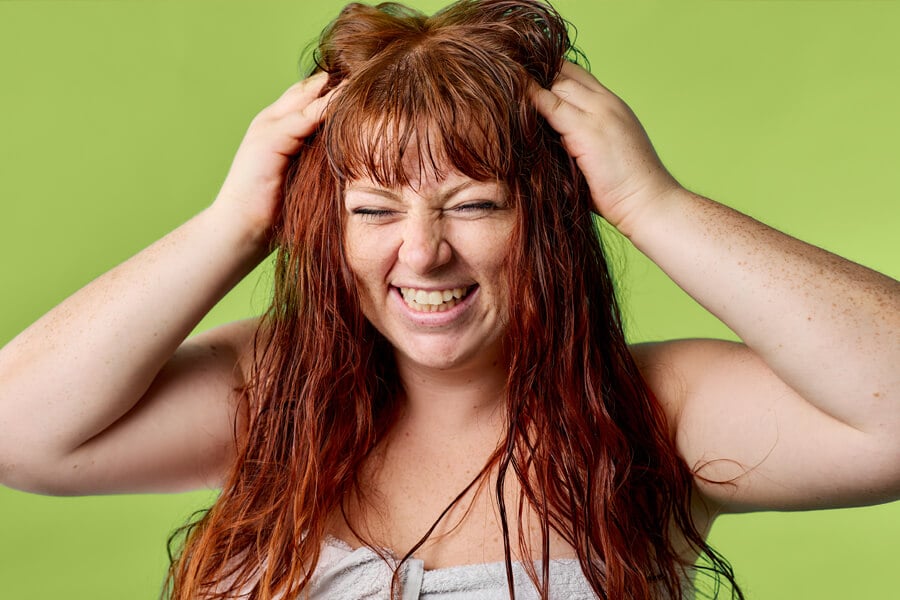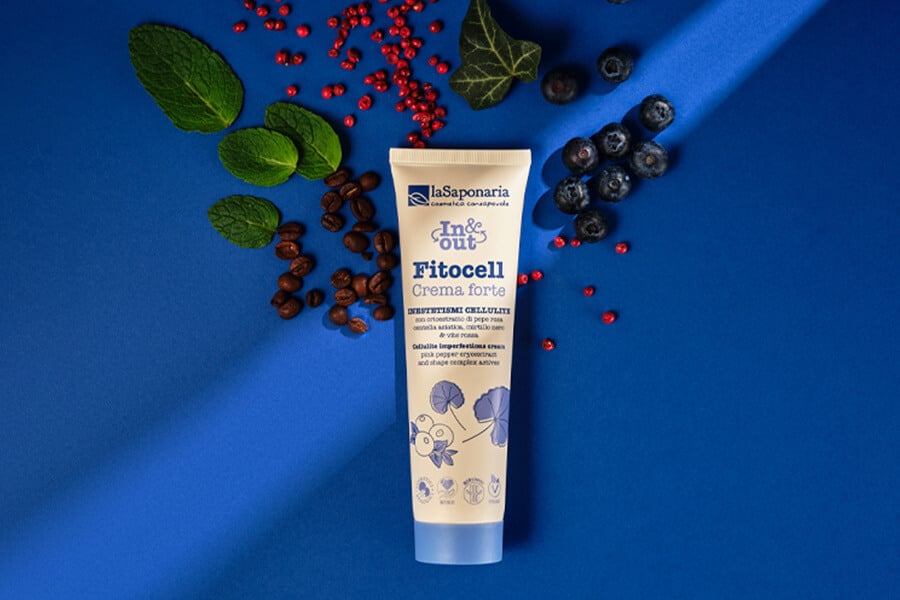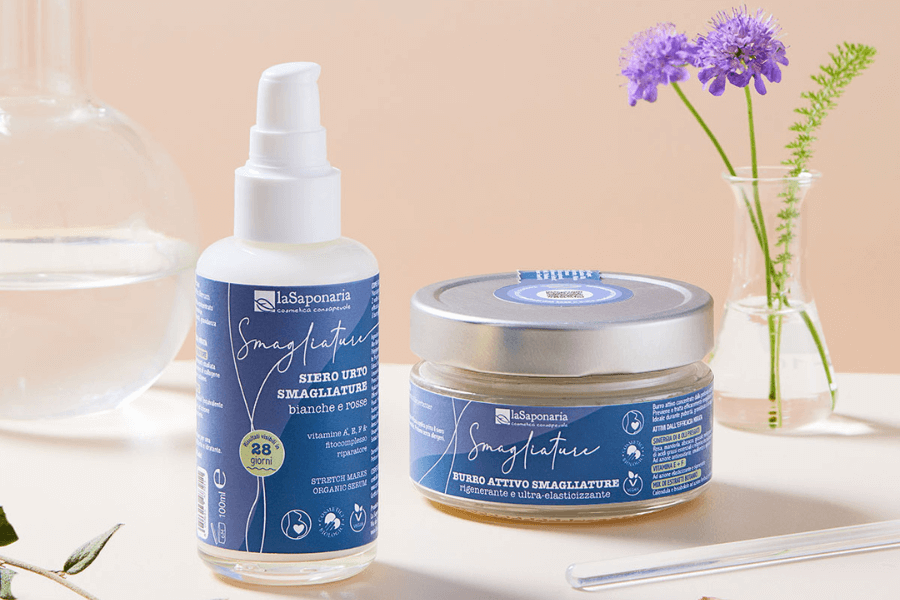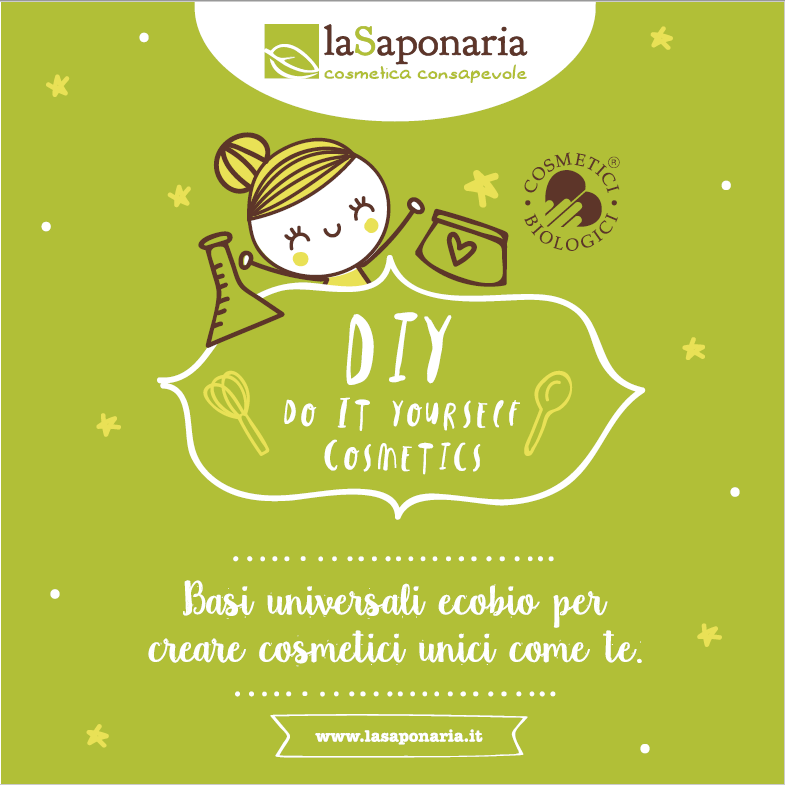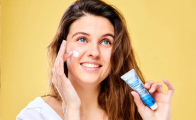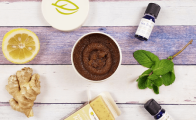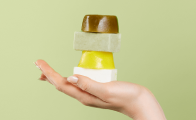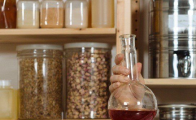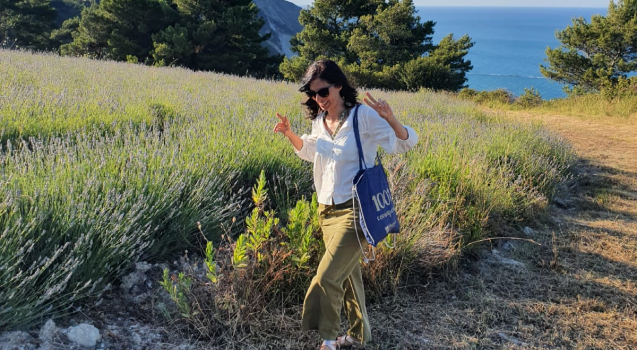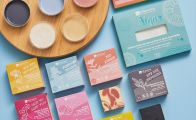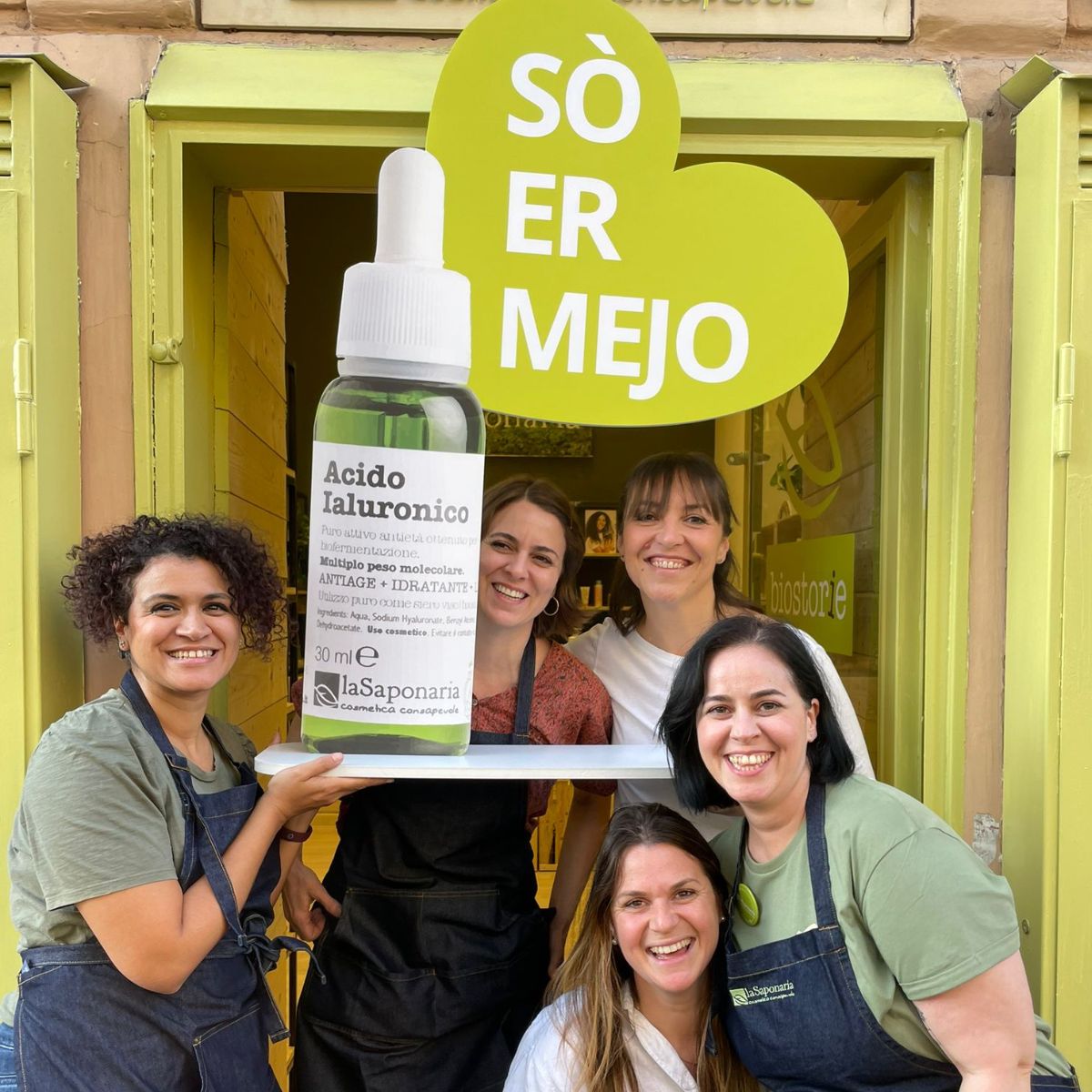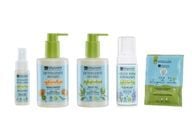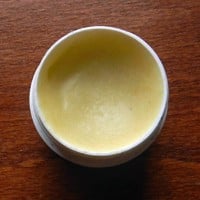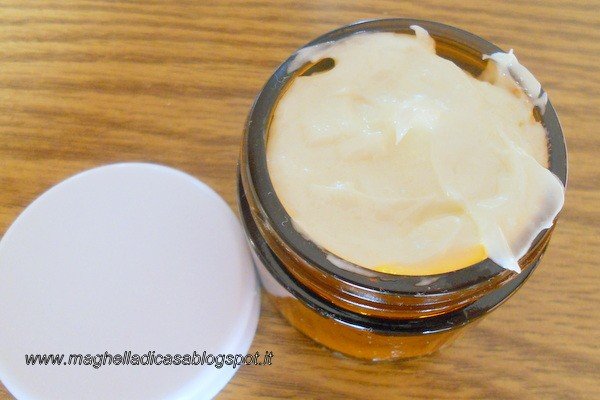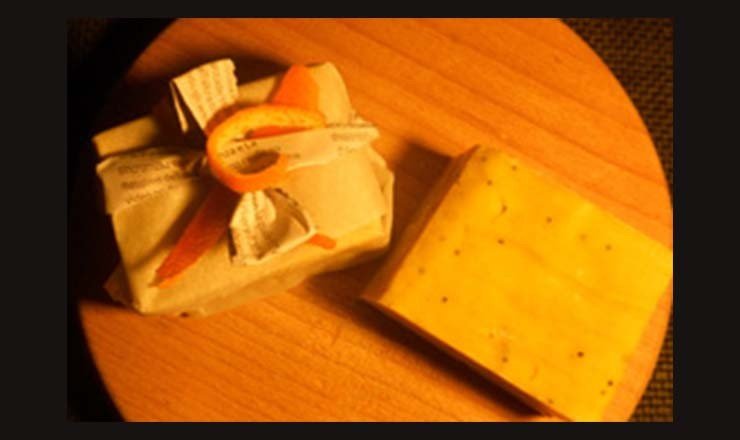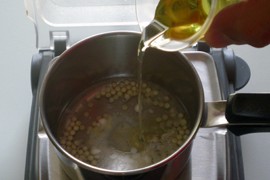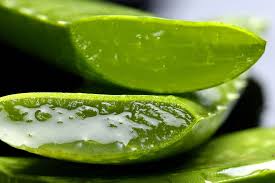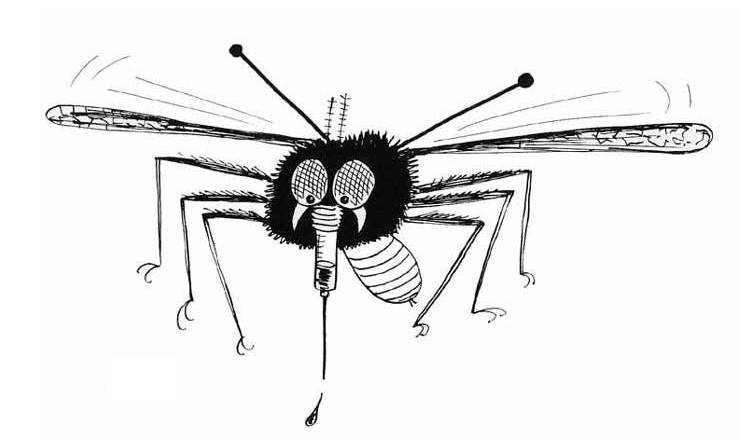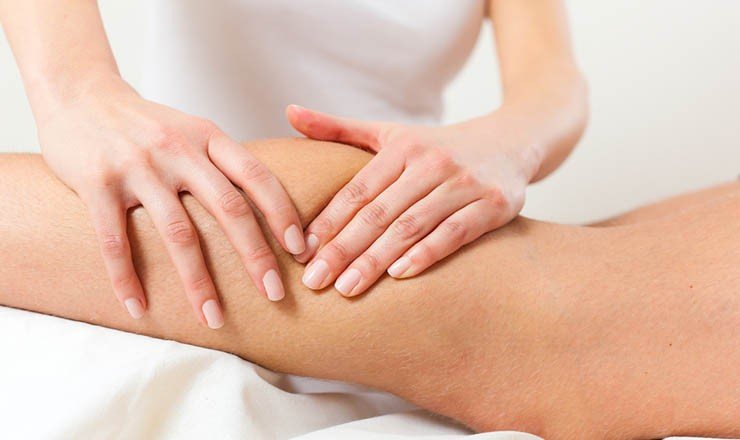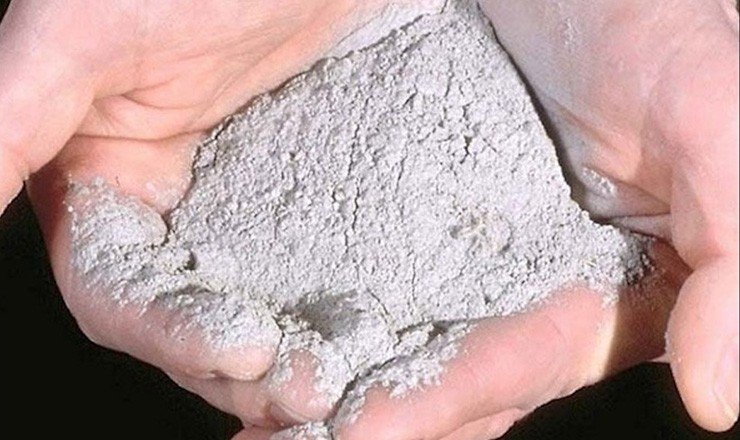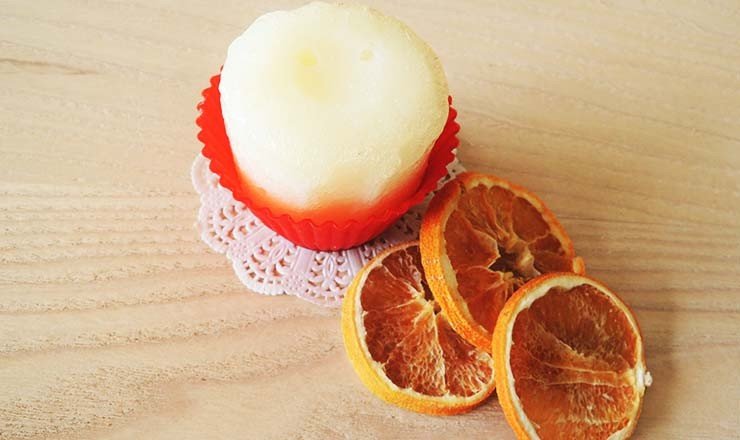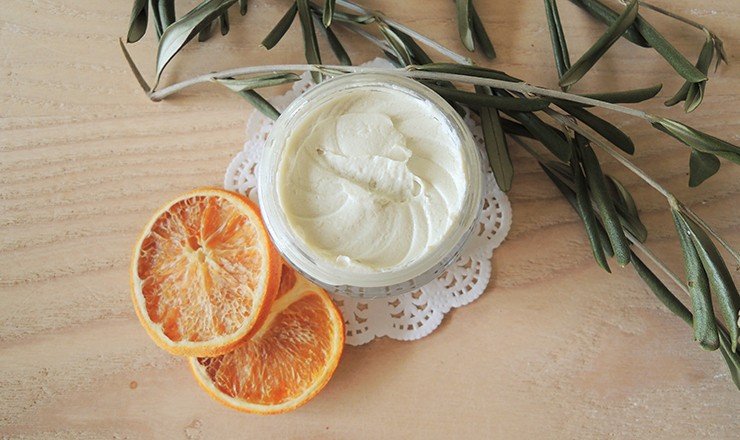Category: Body creams and butters
Here is a recipe tested for us by Roberta to strengthen the nails and soften the cuticles. It works great!
For about a year I have been making soap for me and my family. A few months ago I started making creams too. At first I followed the recipes I found in the books ... then I started creating them myself. This delicate shea butter cream is very moisturizing and suitable for the winter season, it is also very simple to make. I also use it for my children, both for the body and for the face.
Olive oil, which is present for 65%, is self-produced and absolutely organic.
As promised, here is a recipe for making a fresh homemade after-sun cream. A cream designed to restore radiance and hydration to the skin after a day in the sun, thanks to the high content of aloe gel with its known anti-inflammatory properties (see also the recipe for aloe gel and the properties of aloe) and the presence of calendula oleate, an excellent soothing agent. Aloe and Calendula After-Sun Cream This is a simple, quick-absorbing, non-greasy O/W type formulation. The level of difficulty in making it is medium to high. (Before venturing into the magical world of emulsions, we recommend that those who are beginners get familiar with the world of DIY cosmetics with simpler recipes, such as aloe after-sun gel.) The resulting cream has excellent consistency, a final pH of around 5, so no adjustments are necessary. The ingredients used (INCI) are completely green and of plant origin. Procedure for making the cream [gallery link="file"]
Here is a very simple recipe to make an excellent after-sun at home.
In order to do this, only two ingredients are needed: aloe gel and xanthan gum to which you can optionally add essential oils to taste.
Aloe is certainly a very valuable ingredient in after-sun products but very often it is used in small quantities combined with other raw materials .. in this recipe, however, we will prepare a superconcentrate!
A gelatinous substance is extracted from the leaves of Aloe which, used fresh or properly processed, has anti-inflammatory and nutritional properties and is therefore suitable for a large number of ailments both for internal and external use (If you are not lucky enough to have plants of aloe at home here you can find our organic aloe extract directly).
Anyone who has tried it after a sunburn or after a day at the beach will surely be able to testify to the benefits of using this precious gel as an after sun. Refreshes, gives a feeling of immediate well-being, nourishes the skin and prolongs the duration of the tan.
If you want to make the use of aloe easier, you can make a gel at home simply by adding Xanthan Gum to pure Aloe, which is nothing more than a gellifying plant extract (chemically a polysaccharide obtained from the fermentation of a sugar).
There are those who have tried to adopt a bat, those who have chosen ultrasound as the soundtrack for the summer, those who saturate the air or spread substances of all kinds everywhere.
Mosquito-repellent stoves, mosquito coils and candles are among the most common furnishing elements in Italian gardens. Among the most voted natural there are those who sew a mosquito-repellent hat or there are those who prefer to use Neem oil on the skin. It is completely natural, it guarantees good protection from attack by mosquitoes (even tigers) but gives off an unpleasant smell (a pity that it is not only for mosquitoes!).
But are there natural remedies against mosquitoes, effective and even pleasant? Of course yes!
Some plants and the essential oils extracted from them can be a valid remedy against these annoying insects.
In fact, numerous plants generate scents to attract insects to make them participate in pollination, but others, on the other hand, produce aromatic substances to drive them away: real insect-repellents and even insecticides capable of disturbing their nervous system or their enzymatic processes. These are essential oils, aromatic substances produced by the metabolism of the plant which are found in the form of tiny droplets in the leaves, resins, branches, wood, flowers, roots, peel and which are then extracted from the fresh plant generally with the technique of distillation in steam current.
Essential oils interfere with insects' sensory organs via chemical messages. By sending their "radar" haywire, the mosquitoes are no longer able to find their target ... that is us, so that we can enjoy these beautiful summer evenings without worrying about getting intoxicated!
How to fight cellulite?
Here is a simple and effective recipe for a do-it-yourself draining and anti-cellulite oil well illustrated by Giorgia in this video!
Good massages

